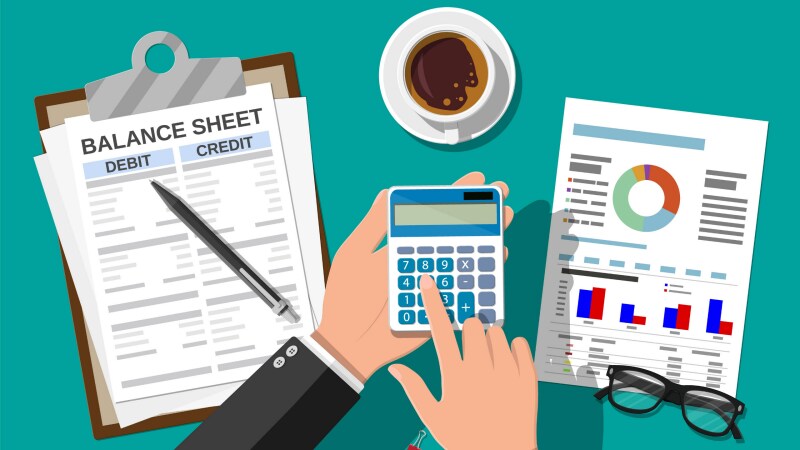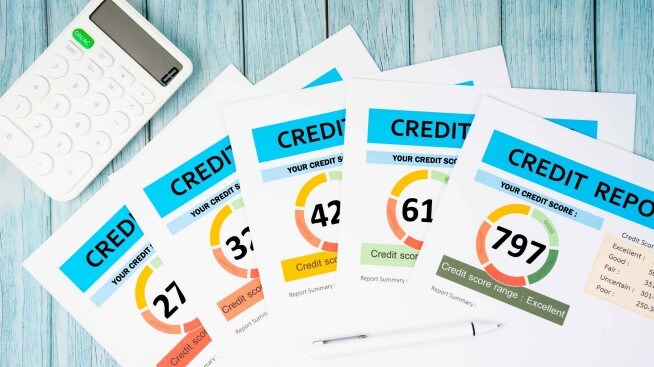What are consumer statements and should you add them to your credit report

Quick insights:
- Consumer statements are written explanations that individuals can add to their credit reports to contextualize or explain certain information.
- They are typically used to clarify errors, dispute inaccuracies, explain negative activity or address special circumstances.
- Working to correct negative marks or inaccuracies is usually better for improving your credit profile than adding a consumer statement.
When analyzing your credit and considering how to manage it, sometimes consumer statements come up. In this article, we’ll review what you should know about consumer statements and several reasons why you might or might not consider adding one to a credit report.
What is a consumer statement?
A consumer statement is a written statement provided to a credit bureau by a consumer. A statement typically explains or disputes information on a credit report, providing additional context about certain items.
The statement is added to the consumer's credit report and can be viewed by anyone who requests a copy of the report, such as lenders, landlords or employers. Your credit report could be viewed for a number of reasons, often when lenders evaluate your credit profile and creditworthiness.
You’re able to submit a consumer statement to a credit bureau by mail or online. Bureau websites will contain specific instructions. However, consumer statements are usually limited to a certain number of characters or words.
Types of consumer statements
There are no official types of consumer statements you can add to your credit report, but the information you might want to address could fall in one of two categories.
Account-specific statements
You could add a statement specific to an account or item on your credit report. This can be useful when there is an event or situation you want to address, or if the account you’re commenting on is closed and removed from your credit report. Just note that the number of consumer statements you can add to your credit report may vary depending on the policies of each credit bureau.
General consumer statements
You can also provide a general statement about the information on your credit report. If you’re thinking of doing this, you may still want to keep the statement concise. Each credit bureau may have character or word limits for consumer statements, so use the available space wisely.
Moreover, this type of statement will remain on your report for two years unless you request to have it removed before that. This can be good for when negative items do not appear any longer.
Reasons to include a consumer statement
Consumer statements can be used to explain discrepancies and provide context for negative items or special circumstances related to your credit history. The context you can provide in a consumer statement can sometimes serve to communicate with credit bureaus. For example, if there is a legitimate reason for a late payment, such as a medical emergency or a natural disaster, you could add a brief explanation in a consumer statement.
While a consumer statement can help provide context for negative information on a credit report, it's important to note that it may not necessarily improve a person's credit score or persuade lenders to extend credit. Lenders typically make lending decisions based on the overall information in the credit report, and a consumer statement is just one component of that report.
Before submitting a statement
Before adding a consumer statement, you should carefully review your credit report and consider whether a statement is necessary or beneficial to your situation. While you can add multiple consumer statements, they are usually more effective when used sparingly. Adding numerous statements to your credit report may make it appear cluttered, even if you believe various items need clarification. Finally, a good practice when preparing a consumer statement is to ensure it is concise.
Consumer statements vs. credit report disputes
If you have concerns about your credit report or need to dispute inaccurate information, submitting a consumer statement may not be the best action to take. Instead, it may be more effective to contact the relevant reporting agencies and correct any errors directly with them. You might also need to contact any companies, such as credit card issuers, that are responsible for reporting activity on your credit accounts.
In conclusion
Monitoring your credit report for inaccuracies is a good practice for maintaining and possibly improving your credit. Consumer statements may be helpful in providing important but temporary context to information on your credit report. However, it's important to dispute any information that you believe is inaccurate or incomplete. You can do that directly with the credit reporting agencies and the lender or third party responsible for reporting the information in question.
If you’d like to help maintain and improve your credit, there are several steps you can take. Chase Credit Journey® is a free tool you can use to track your credit score and help make plans to improve it. You can also access your Experian™ credit report through Credit Journey® to stay aware of any changes and how your credit history is building over time. And you don’t have to be a Chase customer to enroll—it’s free for everyone and has no impact to your credit score.



